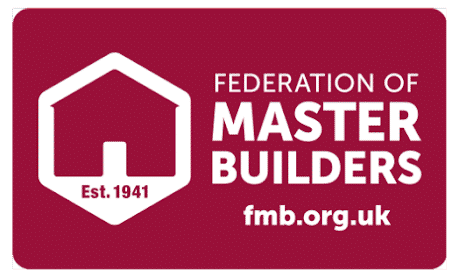Outdoor toilet straight into drain?
Afternoon All, My house has an extension (contains kitchen and downstairs toilet); on the side of the extension, there is a 1 metre wide “alley” that runs the length of the extension to the original house. In this “alley”, there is a drain for the sinks and both the upstairs and dowstairs toilet (have lifted the cover and flushed toilets and see the water running through). I’m going to start ripping out the downstairs toilet and kitchen so a new floor, kitchen etc can be installed. My question please is, I would like to put a temporary toilet in a shed in the “alley” – getting a cold water feed to it is no problem. Would it be acceptable to cut a hole in that drain cover, put a soil pipe through it and then put the toilet (and shed) directly above it so it flushes straight down into the drain? I’ve checked the drain and it is only being used by my property. This is also temporary while all the works are being done so I still have my own throne 🙂 and of course, a new drain cover will be used when all is done. my main concern is about the venting – would this kind of setup need a vent? Thanks so much! @Drainique thank so much for your answer mate and definitely noted re. the 2×45 degree bends, makes perfect sense! Thanks again, hugely appreciated @AM plumbing – Please see in my question where I have lifted the drain/maintenance cover, flushed the toilet and confirm that water is running into that drain.
=========================
Answer;-
Here are a few thoughts on your proposed temporary outdoor toilet setup:
1. Venting: Yes, this setup would likely need some form of venting to prevent siphoning and allow proper airflow. Ideally you’d want a vent pipe run from the toilet drain up and out through the roof or a wall. This maintains the integrity of the drainage system.
2. Wastewater connection: Connecting the toilet directly to the existing drain cover is generally not recommended, as it bypasses the plumbing traps and seals. This creates a risk of sewer gases and odors entering the shed.
3. Temporary solutions: A better approach would be to install a self-contained composting toilet or portable toilet in the shed. This avoids modifying the existing drainage system. The waste can then be emptied periodically.
4. Code compliance: You’ll also want to check your local plumbing codes to ensure this temporary setup meets any requirements, even though it’s a temporary measure. Codes exist to protect health and safety.





